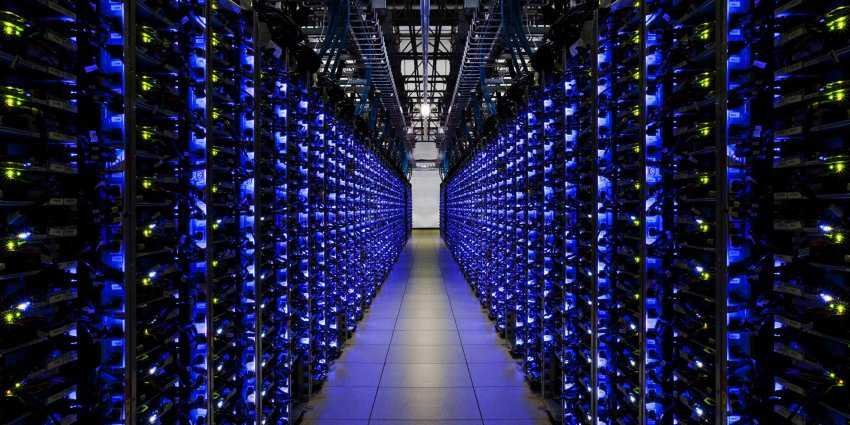Ο Edward Snowden μπορεί να είναι το πιο γνωστός πληροφοριοδότης των ενεργειών της NSA λόγω των διαρροών απόρρητων κυβερνητικών αρχείων, αλλά ο συνεργάτης της υπηρεσίας Harold Martin είναι αυτός που πραγματοποίησε τη μεγαλύτερη κλοπή διαβαθμισμένων πληροφοριών στην ιστορία των ΗΠΑ.
Martin, 51, was arrested during an FBI raid on his home in late August. He is accused of stealing dozens of computers and thousands of documents. The NSA partner has been collecting more than 50 terabytes (50.000 gigabytes) of data from government computers for more than two decades. So although his charges were initially misdemeanors they quickly changed to espionage charges - in part because of the sheer volume of data he stole.
At the moment no one knows how the authorities got to Martin, and of course the biggest question is how he was able to steal so much data - and go unnoticed - for so long.
Former NSA employees, who spoke anonymously, said Martin most likely stole the archives just by walking through the front door.
"The security service is carrying out random checks on bags and wallets of people leaving the service, but no one is checking the contents of the pockets," said a former official who spent almost 30 years in the service before leaving the post. decade.
"Anything that could fit in a pocket and go unnoticed," the former NSA official continued.
A second employee, who left the office at about the same time, agreed.
“Πρακτικά, δεν γίνεται να ελεγχθούν όλοι οι εργαζόμενοι. Σκεφτείτε λίγο το Ft. Meade, ανέφερε ο πρώην εργαζόμενος, υπαινισσόμενος πόσο κακό είναι το σύστημα ασφαλείας. Περίπου 30.000 υπάλληλοι εργάζονται στα κεντρικά γραφεία της NSA στο Ft. Meade του Maryland. Θα χρειαζόταν ώρες για να ελέγξουν κάθε face που εξέρχεται από το κτίριο.
A second former employee reported that the vast majority of employees go through extensive interviews before working, and so there is an inherent loyalty to the service staff. James Clapper, director of the National Intelligence Service, said in 2014 that there were no "mousetraps" or mousetraps to catch another Snowden because the security of the service was "based on personal trust."
The indictment does not say exactly how Martin stole the data from NSA computers and servers, as these systems (work) are a seven-secret secret to national security.
When asked, the former employees reported:
"Based on what he got, it looks like [Martin] should have used USB drives," said the first official. USB storage has grown in size over the past two decades, and Martin theft has reportedly been a painfully slow process.
The second official said it would not be difficult to steal the data, noting that the NSA has "some of the best hackers on earth."
There are many parallels with the Snowden case, mainly because it has not yet been known how he managed to extract the data from the NSA systems.
But according to a report, Snowden needed "a few drives and the willingness to exploit a black hole in an outdated security system." A source at the time said that the NSA in 2013 had "stuck to the technology of 2003."
"I'm pretty sure he could find a way to do it without being detected," the former employee said, without elaborating, adding that the systems would most likely not be able to stop the leak of "specialized confidential information."
In the indictment, Martin appears to have boasted in a letter found by the FBI that he had "seen more or less all the tech secrets of COMPUSEC [the NSA]."
He said the NSA systems were not as safe as it is believed to be.
However, little is known about Martin. According to page at LinkedIn, spent many years as an associate and consultant, and worked as a technical studies consultant in the Department Defenses.





